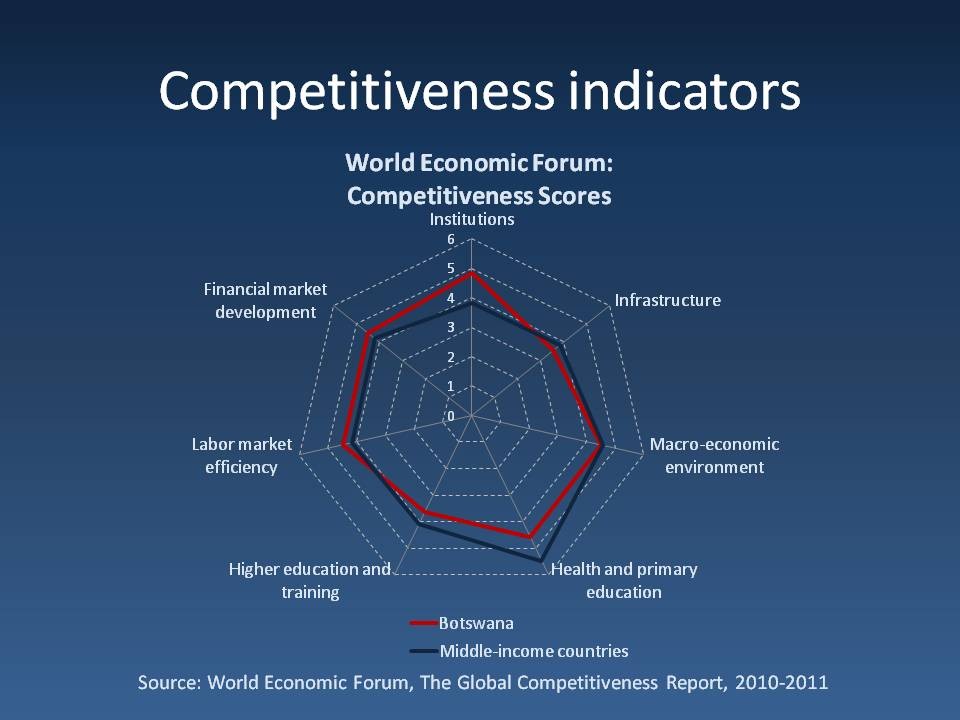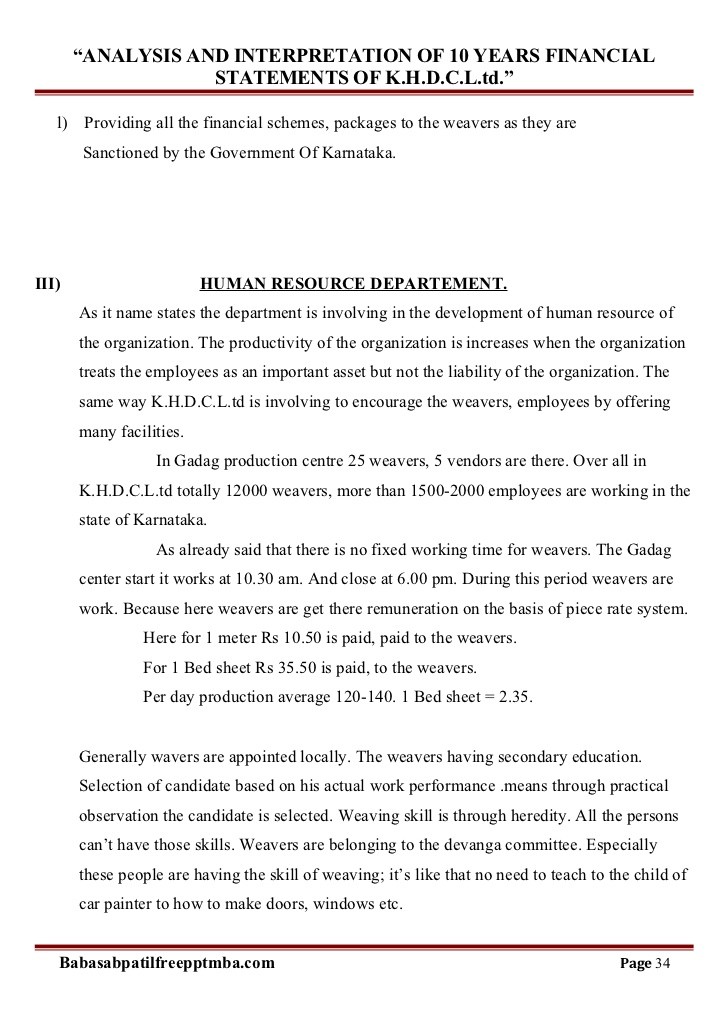Interpreting Financial Performance Measures Agricultural Marketing Resource Center
Post on: 11 Июнь, 2015 No Comment

Revised December 2005
Iowa State Extension Economist
478C Heady
515.294.6161
Several years ago the Farm Financial Standards Committee representing lenders, accountants, farmers, and educators, recommended a set of performance measures to help evaluate the financial health of a farm business. Their objective was to have a consistent set of indicators that would be widely used and understood. Information about how to calculate these measures is found in Financial Performance Measures .
Values for the farm financial measures should be calculated for several years to observe trends and to avoid making judgments based on an unusual year. Typical historical values for most of these measures can be found in the tables in this file. They are based on data obtained from the Iowa Farm Business Association. Values will vary according to the major enterprises carried out, farm size, location, and the importance of rented assets.
Current Ratio
Farms with adequate liquidity typically have current ratios of at least 2.0 or higher. Dairy farms or other farms that have continuous sales throughout the year often operate with a current ratio as low as 1.5, however. Beef feeding farms tend to have low current ratios because they use self-liquidating loans to purchase feeder cattle. Operations that concentrate sales during several periods each year, such as cash grain farms, may need to strive for a current ratio as high as 3.0, especially near the beginning of the year.
Working Capital
The amount of working capital needed depends on the size of the operation. Records show that working capital measured at the beginning of the year is typically equal to about one-fourth to one-third of a farm’s annual gross revenue. For dairy farms, working capital can be as low as 20 percent of gross revenue, but grain farms may need as much as 50 percent.
Debt-to-asset ratio
Total debt-to-asset ratio tends to be higher for larger farms, and for farms that specialize in livestock feeding. Ratios of 30 to 40 percent are common among Iowa farms, although many operate with little or no debt. A high debt load does not make farms less efficient, but principal and interest payments eat into cash flow. High efficiency farms are better able to service a higher debt load.
To control debt, total liabilities should not exceed yearly gross income. High profit farms typically have total debts that are less than their gross income, while low profit farms have debt levels in excess of gross income.
Return on farm assets
The rate of return on farm assets is quite variable, but average long-term rates of 4 to 6 percent have been common in Iowa. High profit farms may average over 12 percent, while low profit farms often realize a return of 2 percent or less. Farms that rent much of their land base, tend to earn higher rates of return.
Return on farm equity
The average rate of return on farm equity is usually a little lower than the return on farm assets. Highly leveraged farms may earn little or no return on equity when interest rates are high. However, if the farm’s overall return on assets is higher than the cost of borrowed money, the return on equity may be quite high and net worth will grow rapidly.
Operating profit margin
Operating profit margin ratios have averaged about 10 percent in the last decade. High profit farms have had ratios or more than 30 percent, while low profit farms have had ratios close to zero. Farms that hire or rent assets such as labor, land, or machinery will have a lower operating profit margin. However, they will usually generate a larger gross and net income. Farms with owned or crop share rented land will have a higher operating profit margin because they have fewer operating expenses.
Asset turnover ratio
The asset turnover ratio measures the efficient use of investment capital, while the operating profit margin ratio measures the efficient use of operating capital. Since they are substitutes for each other (e.g. owned and rented land), farms that are high in one measure may be low in the other.

Typical asset turnover ratios are about 30 percent, but can range from 20 to 30 percent for low profit farms, and up to 40 to 50 percent for high profit farms. Farms with mostly rented land should have ratios as high as 50 percent or more while farms with mostly owned land typically have ratios of only 20 to 30 percent.
Operating expense ratio
The operating expense ratio shows the portion of gross farm revenue that is used for operating expenses. Typically about two-thirds is used for operating expenses. Rented farms will have higher operating expense ratios since rent is included as an operating expense.
The sum of the operating expense ratio, depreciation expense ratio, interest expense ratio, and net farm income ratio is 100 percent. An increase (decrease) in any of the first three ratios will result in a decrease (increase) in the amount of gross revenue going for net income.
Depreciation and interest expense ratios
Rented farms will also have lower depreciation and interest expense ratios than owned farms, particularly farms that were purchased with credit. Typically, depreciation and interest account for 5 to 10 percent each.
Net farm income ratio
The average net farm income ratio for Iowa farms has been in the 15 to 20 percent range in the last decade. High profit farms have averaged from 30 to 40 percent, and low profit farms less than 10 percent.
Further analysis
If comparisons show that a farm’s financial performance is below average, further analysis should be done to determine the source of the problem. Areas of possible concern are production efficiency, marketing, purchasing of inputs, and the scale of the operation in relation to the size of the work force. Enterprise analysis and production records can help identify problems that contribute to poor financial performance.
Calculating financial performance measures for several years will reveal a great deal about the financial health of a farm business. Particular attention should be paid to any trends that are developing. Any decisions about investments or borrowing should also consider current and future economic conditions, availability of collateral, and the experience and goals of the farm operator.














